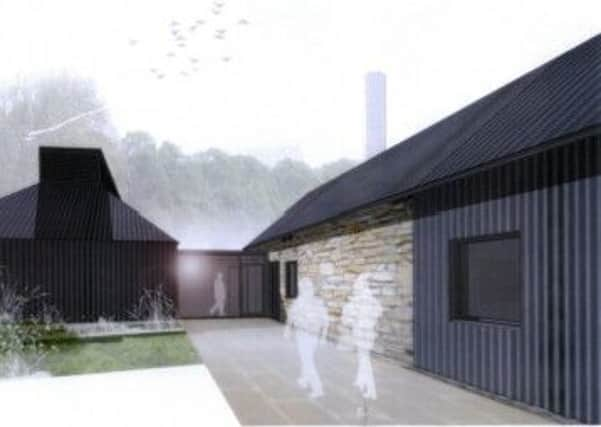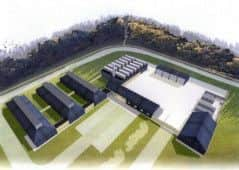£12m revamp for animal research centre


Education bosses say the complex will help academics “do their part” to fight climate change, and will enable Edinburgh University’s massive Midlothian campus at Easter Bush to become almost entirely energy self-sufficient.
Engineers are set to begin work on the campus’ renewable energy system next year, with a further £4m being spent on infrastructure.
Advertisement
Hide AdAdvertisement
Hide AdThe facility will generate free electricity by capturing usable heat that would normally slip into the atmosphere – cutting carbon emissions and energy costs in one stroke. Low-energy chillers will also be used to cool water on site and help control temperatures in the site’s laboratories.


It is hoped the system could save the university more than £500,000 a year in energy costs.
The campus will also house a “freezer farm” – up to 250 ultra-low temperature freezers designed to aid in food and animal research.
A centralised waste storage facility will be constructed to handle clinical waste and some radioactive materials used in scientific experiments.
A university spokesman said those potentially hazardous materials could include “small quantities” of waste produced from animal therapy and research into animal health.
He said: “The university recognises that climate change is one of the major challenges facing humanity in the 21st century and is committed to playing its part in the low carbon challenge.
“This includes action to reduce the carbon footprint of our direct operations as well as our indirect emissions.”
Architects from design firm Atkins said the complex was all part of the university’s ambitious Climate Action Plan, which seeks to cut carbon emissions by a third, or around 22,000 tonnes, in the next six years.
Advertisement
Hide AdAdvertisement
Hide AdThe facility is part of the third phase of the university’s expansion plan for Easter Bush, which will include a £25m clinical facility for large animals and livestock.
More than £130m worth of investment has already been made in the campus since it began construction in 2012 – and architects said this latest addition should serve to produce around 80 per cent of all energy needed on the mega site.
Developers hope to start on the energy centre next year.